Jen Gibson is the Collection & Exhibit Specialist with Annandale National Historical Site, the home of the Tillsonburg’s Community Museum, located at 30 Tillson Avenue in Tillsonburg, Ontario. In honour of our Canadian Flag celebrating its 50th Anniversary, Jen decided to display Tillsonburg’s prominent flags from the museum’s permanent collection in the exhibit “Celebrate Our Flags” in the Pratt Gallery (named after Bill and Marion Pratt) from May 1st to August 30th. In keeping with the Toronto 2015 Pan Am Games, she has a podium set up, with exact dimensions as the Olympics with second and third place on the same level, showcasing the Olympic Flag from 1952 that the “Livvies” Basketball Team brought home.
Also as part of the museum’s collection are a few British flags that were once flown in Tillsonburg. Before Canada was a country, prior to Confederate, the Royal Union flag or more commonly known as the Union Jack, was flown. Tillsonburg’s Royal Union flag was owned by one of the two Imperial Only Daughters of the Empire (IODE) Chapters in town. IODE started a chapter in Tillsonburg in 1922 called the James H. Wilson chapter, named after a patriot Principal from Tillsonburg Public School. Another chapter started in 1939 called the HMS Courageous Chapter, named after a British Royal Navy aircraft carrier shot down during WW II. This latter chapter had the Union Jack flag. IODE was founded in 1900 by Margaret Polson Murray of Montreal who wanted women to demonstrate their love of Canada by providing comforts to the soldiers in the Boer War. Both Tillonsburg chapters ended due to low membership but IODE chapters throughout Canada continue today.
On January 1st 1801, The Act of Union was legislation uniting Ireland with England (and Wales) and Scotland - the second Union Jack was born. From 1801 to 1965 this Royal Union “flag was flown across British North America and in Canada even after Confederation from 1867 until 1965. The Royal Union Jack was the only official National Flag of Canada.“ (Historical Flags in Canada.) This flag consists of the diagonal red cross of St. Patrick, patron saint of Ireland being incorporated with the other two crosses. The Union Jack represents three countries under one Sovereign. It continues to be Britain’s national flag that is flown above Buckingham Palace, Windsor Castle and Sandringham Estate (country retreat of Her Majesty The Queen) when The Queen is not in residence.
Diagram showing the making of the Union Jack using the 3 crosses
Another flag that had various designs over the years was the Red Ensign. Used by the British Merchant Marine in 1707, the Red Ensign consisted of a red flag with the Union Jack in the upper left corner.
Tillsonburg never had the latest version of the Red Ensign with the red leafs. This flag flew over the Town Hall until 1965 when Canada’s own flag was adopted. Due to the red colour in the flags, the exhibit is a bit dark. Jen Gibson explained that “red is susceptible to fading and the marker used on the signed flags.” Jen also pointed out that the crests on the flags were hand drawn.

During the 1963 federal election campaign, the Liberal Party Candidate Lester B. Pearson, promised to introduce a national flag for Canada. However, his opponent, Progressive Conservative leader and former Prime Minister John Diefenbaker opposed the idea. Similar to the sentiments of many veterans who fought under its banner, former Prime Minister John Diefenbaker opted in keeping the Canadian Red Ensign flag. Nevertheless, Lester B. Pearson kept his promise. In 1964 as Prime Minister he set up a committee. After many debates and designs, the final design of our new Canadian flag consisted of an 11-pointed red maple leaf on a white square background in between two red bands. George Stanley, Dean of Arts at the Royal Military College of Canada was the major player in the design. Although not a statuary holiday, National Flag of Canada Day held on February 15th was established in 1996.
At 11:56 a.m. on February 15, 1965 in Tillsonburg, Canada’s new official National Flag was raised at Annadale High School accompanied by a 21-gun salute by the Anndale High School Cadets Corps. Anndale High School had two flags, one on their flag pole and another on the roof. An hour later the National Flag of Canada was raised at the Tillsonburg Town Hall. A programme for this celebration is displayed in the “Celebrate Our Flags” exhibit. The Maple Leaf flag in the exhibit was the last flag to fly over the Federal Building that stood at the corners of Ridout and Broadway Streets and housed the Post Office, Customs and National Employment offices. The Federal Building was demolished in 1994.
‘Brownies in Tillsonburg’
Another flag in the Tillsonburg’s collection is from the first Brownies in Tillsonburg. In the exhibit, Jen writes that the Girl Guides of Canada started a chapter in Tillsonburg in October 1923. Seven years later the Brownies formed their first pack in Tillsonburg. “Brownies are a division of the Girl Guides of Canada that is currently for seven and eight year olds. Brownies gain skills and learn about the world around them. One of the skills learned at Brownies is the significance of flags in their unit and in Canada. Girls have the opportunity to take part in coloured parties and march in parades with flags.” The First Tillsonburg Brownies flag featured an elf.
There were two Cadet Corps in Tillsonburg. In 1910 No. 240 Cadet Corps of Canada from Annandale High School was formed and in 1960 the No. 2655 Cadet Corps from Glendale High School started. In May 1960, Tillsonburg held a Dedication and Presentation of Flags to celebrate the 50th Anniversary of the Glendale High School Cadet Corps and it also marked the newly formed Glendale High School Cadet Corps. Over 400 Cadets participated in the parade for this ceremony. Glendale High School Cadet Corps disbanded in 1967, a year later so did Annandale High School Cadet Corps.

The Livvies
In 1952, the Livvies became the Canadian National Basketball Champions. That same year, workers from the Livingston factory installed a basketball floor on the Tillsonburg Arena to hold the Olympic Basketball Finals from May 19th to 24th where the winning team would represent Canada at the 1952 Olympic Games. Large crowds of over 4,000 packed the Tillsonburg Arena to watch the matches between the University of Western Ontario Mustangs and the Livvies.
The Tillsonburg team won their first two games by 76-65 and 76-69 and London won the third game by 83-82. However, the Livvies won the fourth game by 87-75. As a result, the Livvies formed the nuclei of the 1952 Canadian Olympic basketball team held in Helsinki, Finland. The Livvies players on that team were comprised of: Harry Wade, Woody Campbell, Bob Phibbs, Bill Coulthard, Bob Simpson, Jim “Red” Curren and Chuck Dalton. The rest of the team members included the following: Glen Pettinger, Bill Pataky, George Wearring, Bob Pickell, Car Ridd, Roy Williams and Tillsonburg coach Paul Thomas and manager Eddie Bowering. (See pictures of this game.)
Mr. Livingston set his sights again to establish yet another calibre Olympic basketball team for the 1960 Olympic Games. With a different squad and new coach, members of the Livvies 1959-60 season would once again comprise part of the Canadian Pre-Olympic basketball team that played in Bologna, Italy, included the following: John McKibbon, Raymond Monnot, Barry Ager, Ambrose and Robert Gardner, Warren Reynolds, Fred Ingaldson, Don McCrae and George Stulac. However, the Canadian team came in fifth place which prevented them from advancing to play in the Olympics held in Rome, Italy.
According to the Souvenir Programme celebrating Tillsonburg’s 125th Event, Tillsonburg had and continued to produce high caliber athletics. In 1930 the Tillsonburg High School had a championship Girls Basketball Team. In 1972, Bruce Coulthard, Bill Coulthard’s son, was a member of the Canadian Olympic basketball team. A piece of Tillsonburg history we in Oxford County should be proud of.
(Pictures taken of the exhibit at the Museum were with consent/permission)




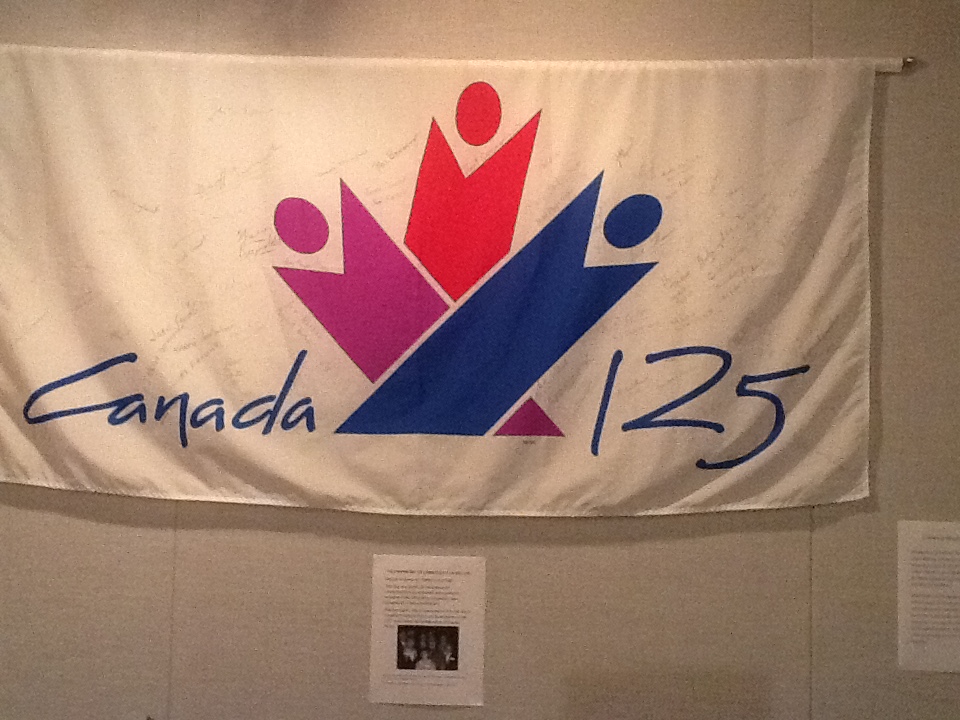



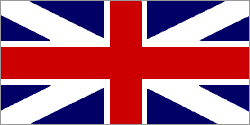




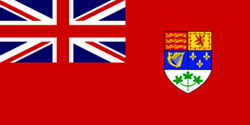










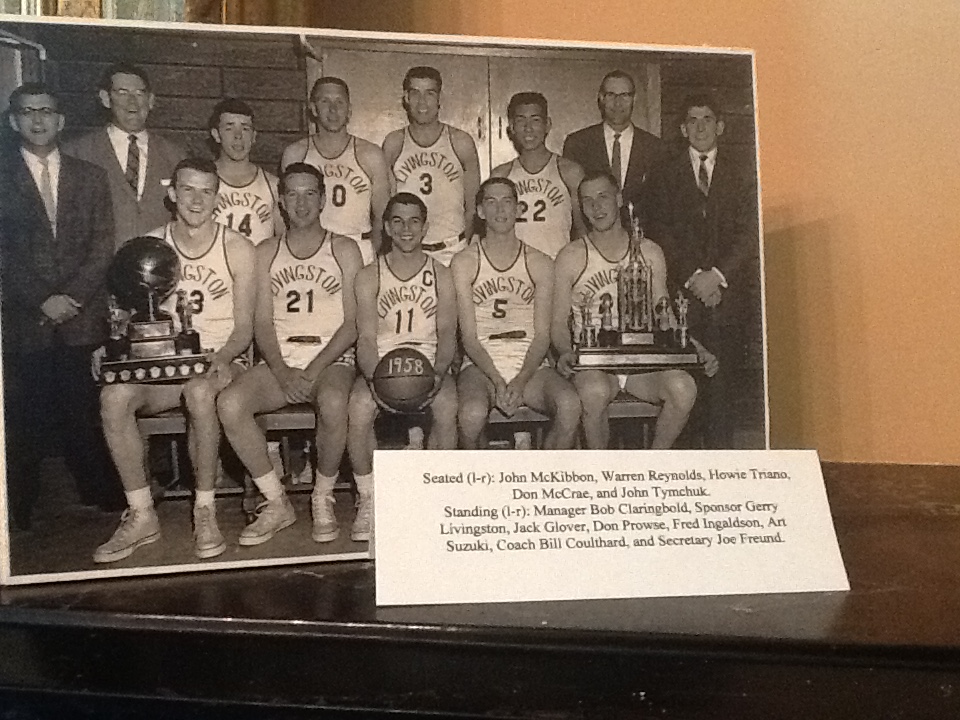


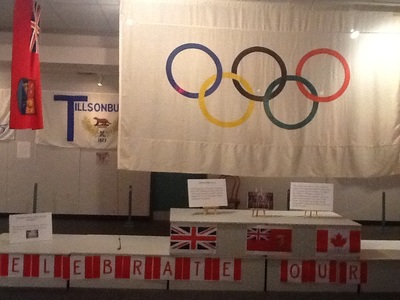

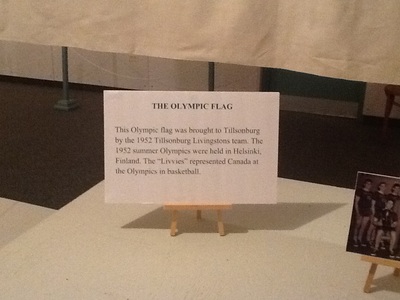











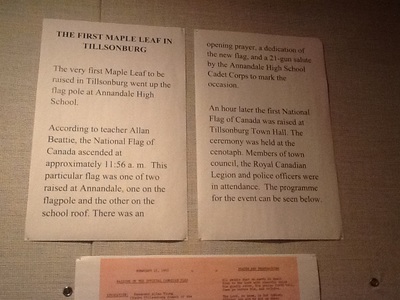



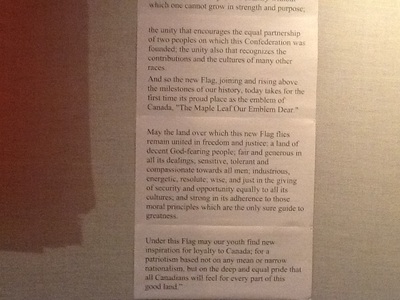


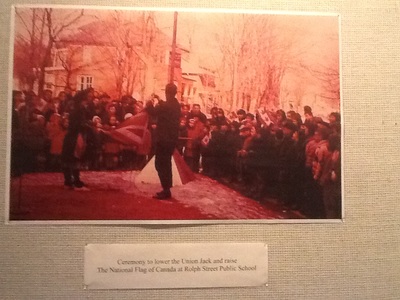
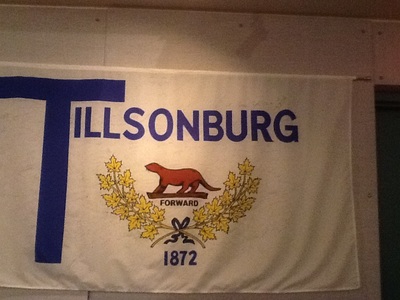





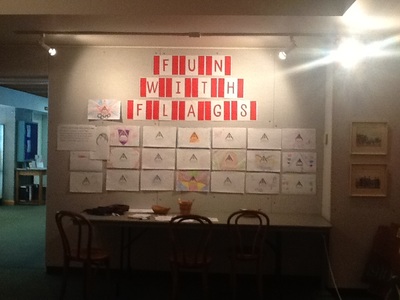
















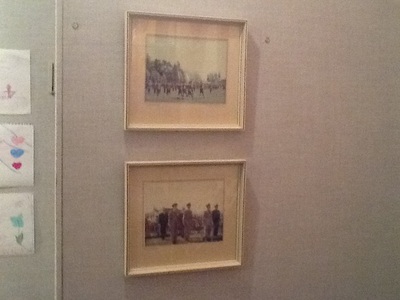

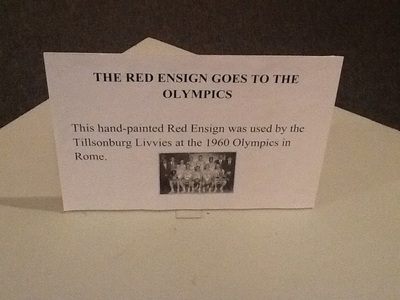







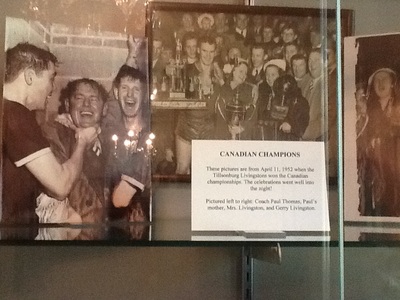


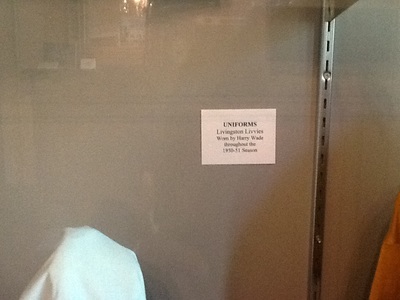

















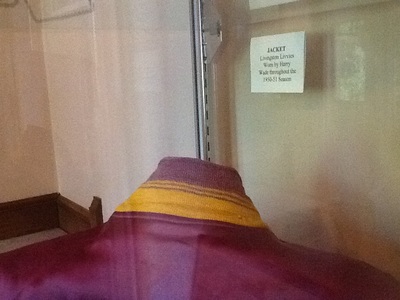

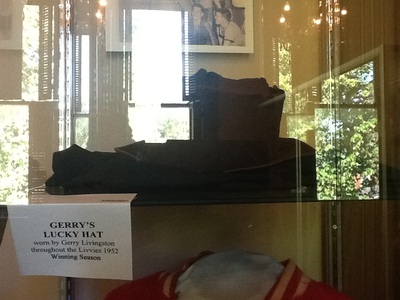




 RSS Feed
RSS Feed
